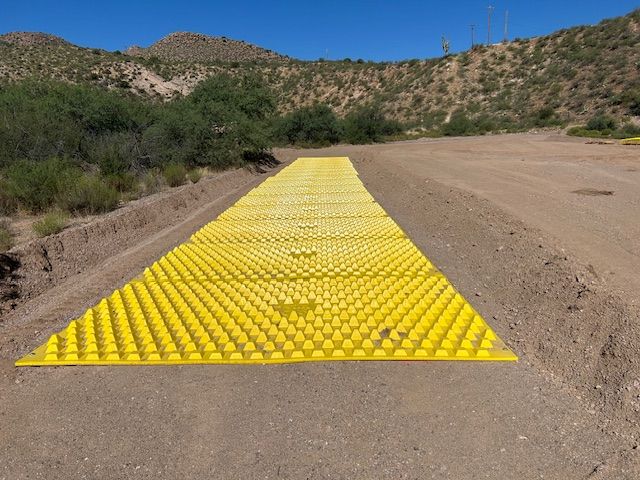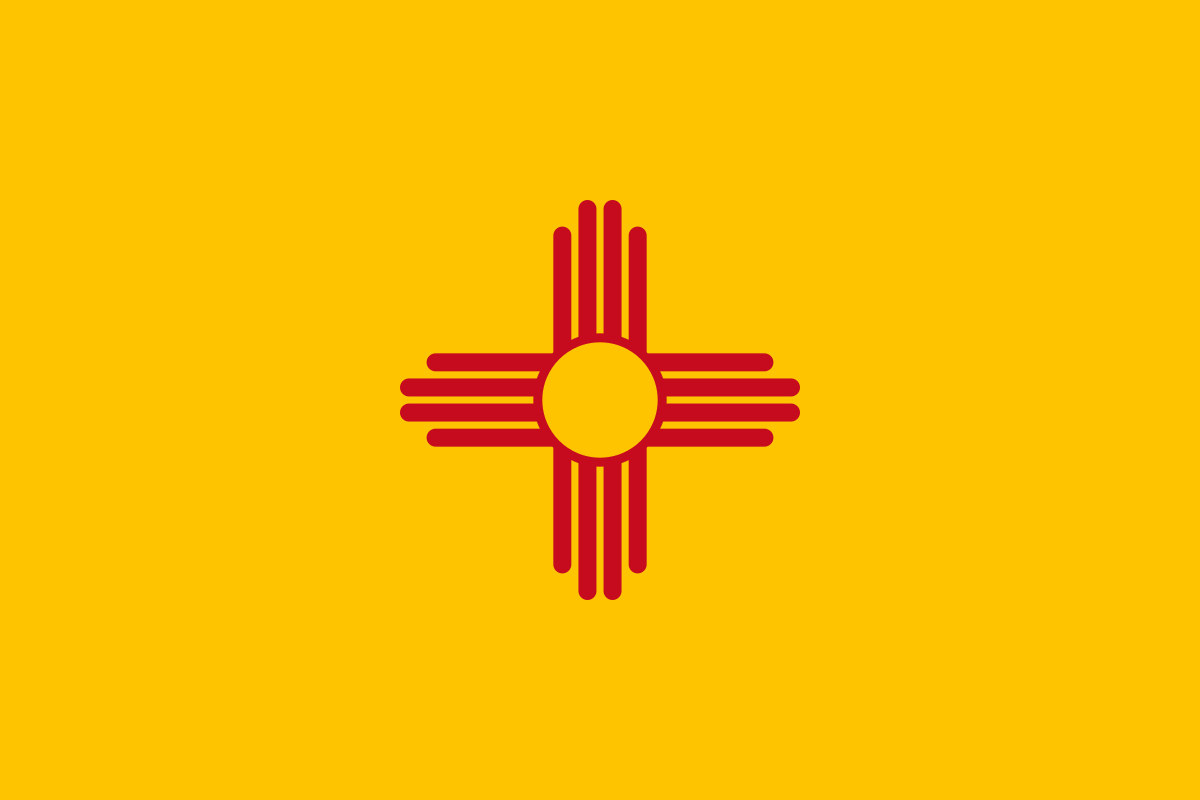New Mexico Construction Track-Out Controls BMPs
New Mexico Offsite Tracking Prevention BMPs
New Mexico is the fifth-largest state in the nation and features diverse landscapes, including the desert of White Sands National Park, the mountains of the San Juan Range, and the forests of the Gila National Forest. Large portions of the state are managed by federal agencies, such as the U.S. Forest Service and the Bureau of Land Management, to conserve natural and cultural resources. New Mexico has several major river systems, including the Rio Grande, which is among the longest rivers in the United States. Many rivers and streams in the state are regulated by dams and diversions to supply water for agricultural and community use.
The National Pollution Discharge Elimination System (NPDES) Permits
The Clean Water Act of 1972 established the National Pollutant Discharge Elimination System (NPDES) to regulate the discharge of pollutants into the waters of the United States. In New Mexico, the U.S. Environmental Protection Agency currently administers NPDES permits, including stormwater permits for construction activities. To obtain coverage for stormwater discharges from construction, operators may apply for coverage under the EPA Construction General Permit. The process typically includes submitting a Notice of Intent and preparing a Stormwater Pollution Prevention Plan (SWPPP), which outlines anticipated pollutant sources and describes the best management practices to be used for minimizing pollution and sediment runoff. The specific methods are referred to as Best Management Practices (BMPs). One of the first BMPs to be installed on any construction project is the stabilized construction entrances/exits. Additionally, the TESCP will outline maintenance schedules to ensure the BMPs remain effective throughout the project.
Construction Track-Out Control BMPs
The U.S. EPA's National Menu of Best Management Practices for Stormwater includes track-out control measures designed to minimize the amount of sediment that construction vehicles carry onto paved public roads. If not contained, soils and other pollutants can be washed into storm drains, which will degrade the water quality of rivers and lakes. The EPA's National Menu of Best Management Practices for Stormwater - Construction lists several techniques commonly used to stabilize construction entrances, including gravel pads, washing stations, shaker racks, and manufactured devices.
With any Construction Track-Out Controls, proper maintenance is required to minimize sediment from escaping the job site. Entrances should be inspected on a regular schedule as well as after storm events to determine if maintenance is required. In addition to the stabilized entrance, street sweeping is conducted regularly to capture sediment that is not contained by the entrance.
Stone Stabilized Construction Entrance/Exit BMP
One of the most common BMPs is a pad of crushed stone, concrete, or other aggregate material, which is laid over a geotextile filter fabric. The aggregate creates a rough surface, which helps to dislodge debris from vehicle tires. The New Mexico DOT includes a rock-style construction entrance in their Standard Drawings (603-01-7/7 Offsite Tracking Prevention). The NM DOT NPDES Manual defines a minimum of 50' length of the exit when using aggregate systems. The entrances must be regularly inspected to determine if maintenance is required. Additional aggregate is brought in to re-grade and top-dress the aggregate, restoring its effectiveness after it becomes compacted and saturated with soil.
At the end of the project, the aggregate and filter fabric must be excavated and removed before final stabilization can occur.
Wash Station Construction Entrance BMP
When an aggregate entrance is not sufficient to contain the majority of sediment from vehicle traffic, other BMPs can be used to replace or supplement the stone pad. A typical supplemental BMP is a wash station, which uses pressurized water to remove soil from vehicle tires. Some systems utilize a filtration system to reduce the water required for operation, but wash stations will need a water and power source throughout the project.
Shaker Rack, Cattle Guards, and Exit Grids
Shaker racks are another technique that is used to shake loose debris from vehicle tires and are commonly used to supplement a gravel tracking pad. This technique utilizes a structure typically consisting of steel pipes to vibrate vehicle tires as they drive over, helping to dislodge sediment from the tires. Voids are commonly created below the steel structure to capture sediment as it is dislodged from tires. When the void becomes full of sediment after regular use or after storm events, the shaker rack structure is removed, and the void is excavated to restore performance.
FODS Trackout Control System
The FODS Trackout Control System is a Construction Track-Out Control BMP that is made of HDPE mats, which are formed into pyramid structures on the surface. The pyramids create a rough surface that deforms and flexes vehicle tires, opening tread lugs and dislodging debris. This BMP is commonly used without additional trackout control BMPs, such as a stone pad. The Trackout Control Mats are 12' wide x 7' long and are most commonly installed in lengths of 28-35' to replace 50-70' aggregate tracking pads. Vehicle tires contact the tips of the pyramids, which allows the voids between the pyramids to capture debris. When the void fills with sediment or after storm events, the mats are cleaned to remove sediment to restore performance. The mats are cleaned using a manual cleaning shovel or swept with a street sweeper or skid steer equipped with a broom attachment. In many cases, maintaining the entrance can be conducted as part of the regular street sweeping schedule.
The FODS Trackout Control System offers an effective solution for construction and industrial track-out, suitable for both short-term and long-term, as well as permanent applications. The mats can be anchored to any substrate, including dirt, concrete, and asphalt. Compared to traditional aggregate-style entrances, FODS has been shown to reduce street sweeping by 59% on high traffic volume sites. Additionally, the FODS System is a durable solution that can be reused throughout the product's lifespan of over 10 years.
Contact us to get a quote for your next project.
Additional Resources
EPA National Menu of Best Management Practices (BMPs) for Stormwater-Construction
EPA Construction Track-out Controls (formerly Construction Entrances)

